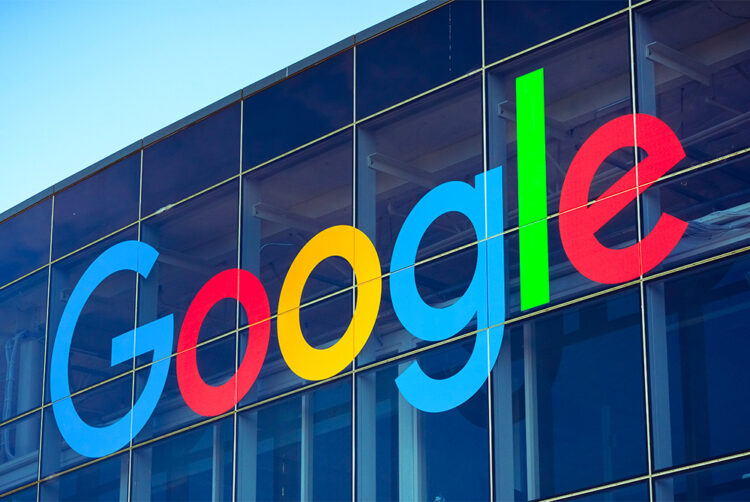'Hallucination' warning to advertisers over Google's generative AI solution

Google is planning to offer a generative AI ad solution which will use materials supplied by marketers to produce creatives for campaigns — the first time the tech behemoth would use images and video as material to make ad creative.
These materials could include imagery, video and text, which will be ‘remixed’ by the technology based intended audience and other goals such as sales targets. The solution is supposed to produce creatives of a similar levels of sophistication as marketing agencies.
Initially revealed in an internal presentation to advertisers reported in the FT, the tech giant said that “generative AI is unlocking a world of creativity.” The technology will be integrated in Performance Max, its AI-driven ad platform which offers attribution, optimisation, and audience modelling.
Over the last few years, the Alphabet-owned company has steadily been integrating more AI-powered tech into its Google Marketing platform, particularly for functions such as bidding and query matching.
Using the large language model (LLM) called BERT — a predecessor to models like GPT and LaMDA — Google could extract intent from the languages users use in Search and assign semantic significance. This capability was recently integrated into its Responsive-Search Ads (RSA) solution, which automatically picks out the optimal words to create texts ads matching users’ search items.
Its Dynamic Search Ad (DSA) feature also leverages LLMs to create search ad headlines for advertisers by processing the content of their land pages and ad copy. Both RSA and DSA are integrated into Performance Max.
However, this newest solution represents the first time Google uses images and video to make ad creative. One potential concern with the technology is whether it will be prone to “hallucination” — a term used to describe fabricating or reporting inaccurate information.
These concerns are well founded, according to Alex Campbell, marketing partner – Technology & Intelligence at Publicis Media agency Performics. Campbell said: “Anyone familiar with ChatGPT, Midjourney or any of the other popular generative AI tools from the last year or so will have experienced hallucinated content, and advertisers are right to be cautious about the risks to brand protection.“
However, Google has insisted there will be guardrails in place to ensure creatives are accurate, and will use materials supplied by the marketers themselves.
Campbell believes there is good reason to trust Google based on its track record: “Google has historically been cautious in rolling out AI developments (arguably this is exactly why OpenAI and Microsoft were able to steal a march on AI search) and it has a huge amount to lose with any product launch that jeopardises confidence in Google advertising, so my expectation would be that the guardrails Google puts in place will be both rigid and robustly tested.”
A specialist from Interpublic Group agency Initiative, who did not want to be named, told The Media Leader that Google’s integration of generative AI has the potential for increased creativity and sophistication in ad campaigns. They said that using AI-generated content could help create customised ads that target specific audiences and improve conversion rates, giving businesses a competitive edge in a fast moving industry.
Nevertheless, Campbell noted that transparency will be key to securing advertisers’ confidence in the solution. He remarked: “Performance Max Google provides disappointingly limited data on the specific ad elements and variations that have been shown and interacted with.
“I would hope that when this new functionality is available, Google will ensure that advertisers have complete transparency on exactly the generated content shown to users and exactly how it has performed.”




